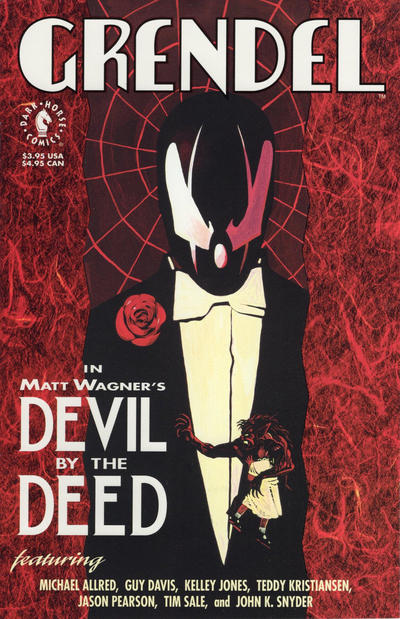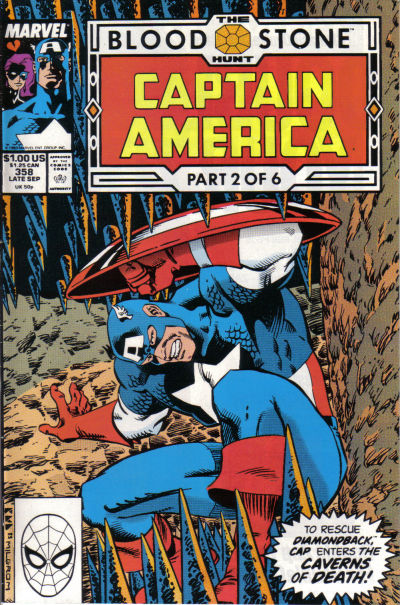Another season of anime has come to a close. Light on shounen crap but like last year strong on romcoms, this was a fairly decent season even if there were no truly outstanding series.

Elf-san wa Yaserarenai. Fantasy creatures trying to diet and exercise after being exposed to the temptations of our world. This ended as it started, with no real plot but the introduction of a new character every second episode or so. Animation got progressively worse over the course of the series. Lots of nudity but a lot of it was on a level of a documentary on obsesity — vulgar, juggling bellies and such — rather than anything actually sexy. The manga is better. 5/10
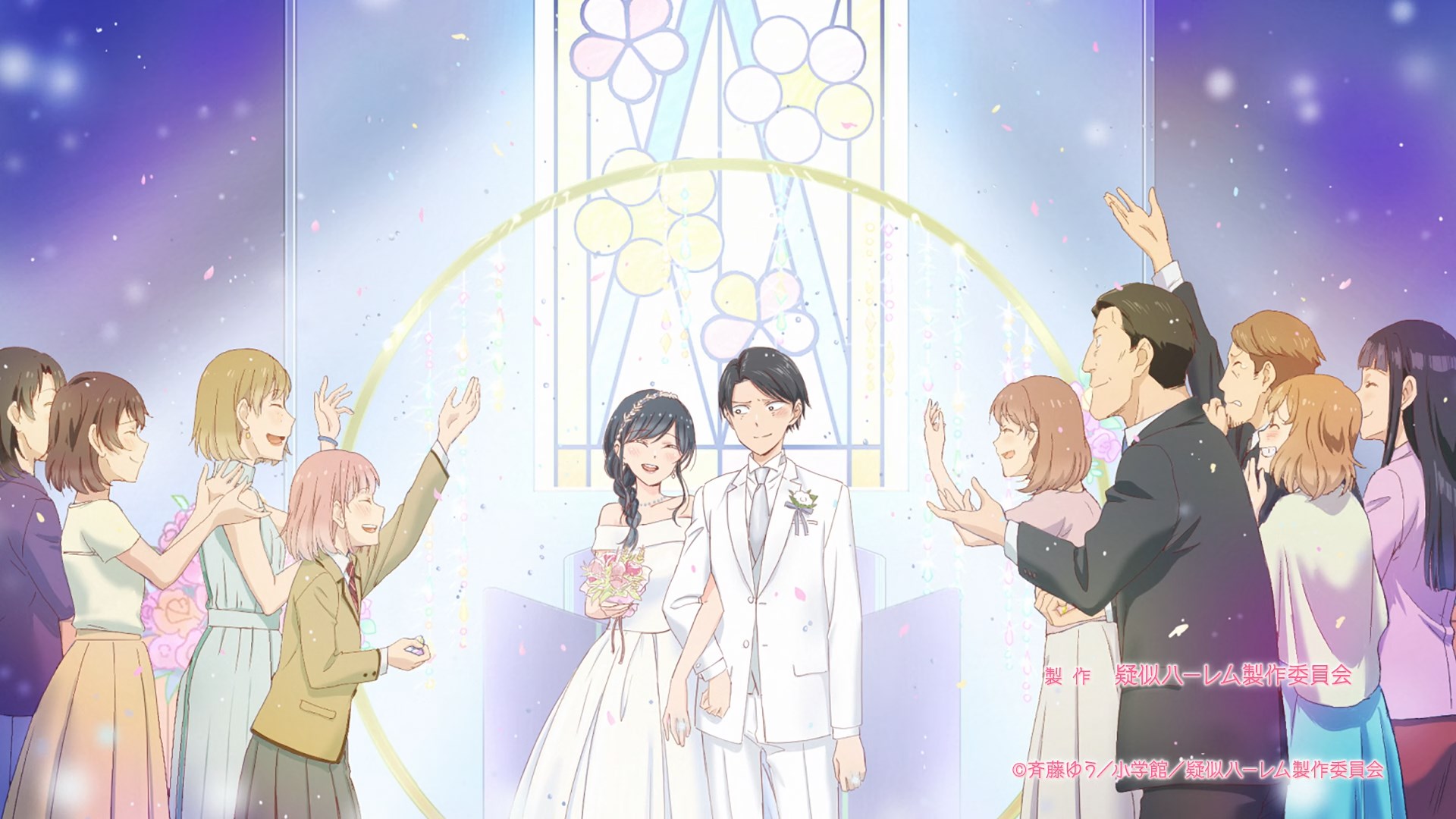
Giji Harem. Two theatre kids fall in love. She’s an aspiring actress who uses her talents to provide him, her decor building senpai, with his own pseudo harem. The manga on which this was based came to a satisfying conclusion, moving beyond the usual high school romcom setup and the anime version was able to do so to in 12 episodes. I liked the way their actual confessions were not shown until the very last episode even though it was clear they had become a proper couple some episodes earlier. 8/10

Gimai Seikatsu. A high school boy suddenly acquires a step sister when their parents remarry to each other. The foundation of many an ‘edgy’ romcom where it’s all about the taste of forbidden love, here handled extremely maturely. By the end of the series their mutual attraction to each other has not so much been resolved, as acknowledged. Taking place over just a couple of months, Gimai Seikatsu has them first grappling with having become family, before each in their own way realises that they are in love with the other. What helps is that the animation, lightning and character acting is so strong. 8/10
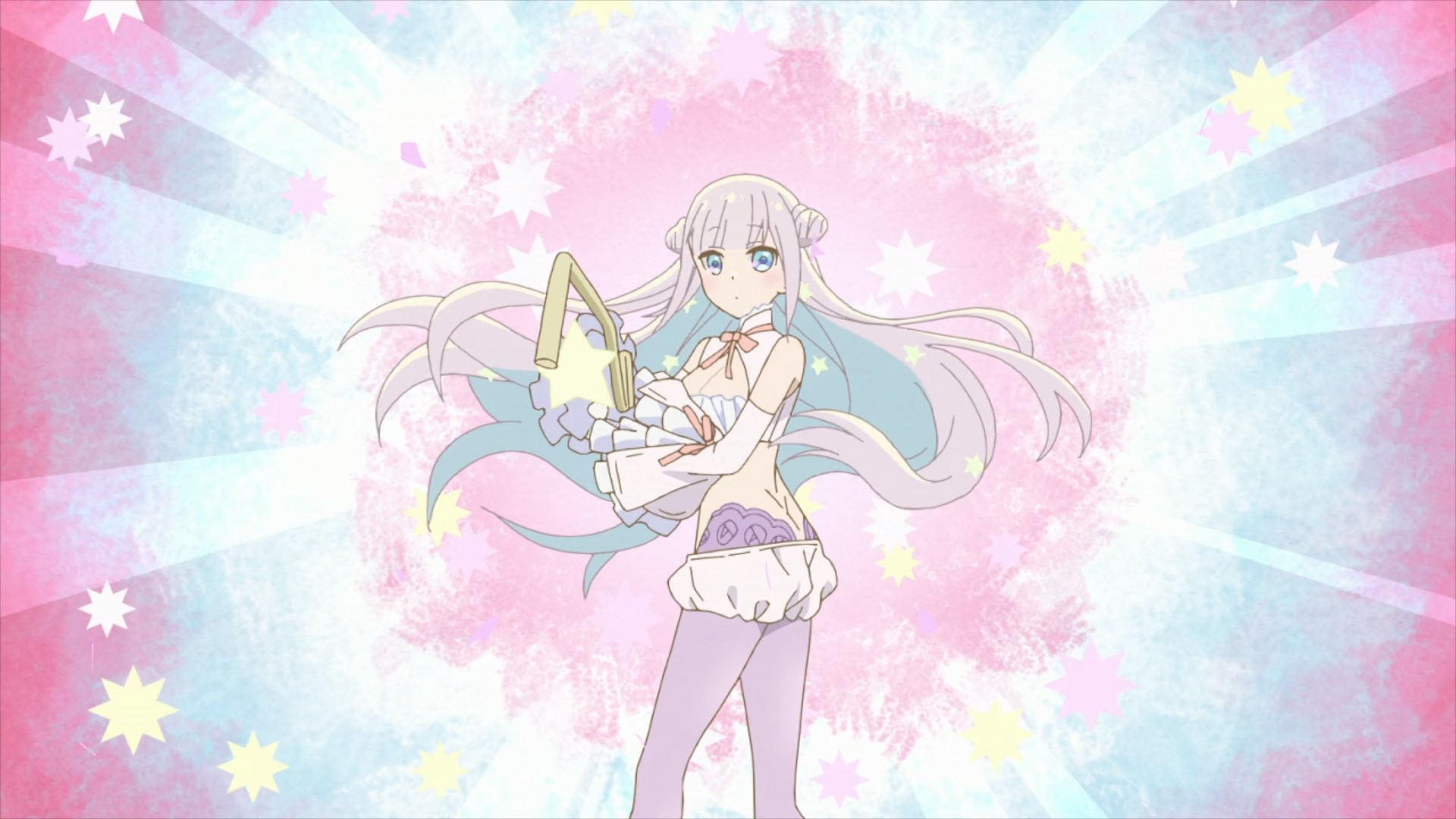
Katsute Mahou Shoujo to Aku wa Tekitai shiteita. The lack of progress in this romantic comedy between a magical girl and the lieutenant of the evil organisation she fights as well as the magical girl’s passivity was disappointing. It didn’t help that the mascot characters were so annoying. The animation reminded of a consistently high quality throughout the series. 6/10
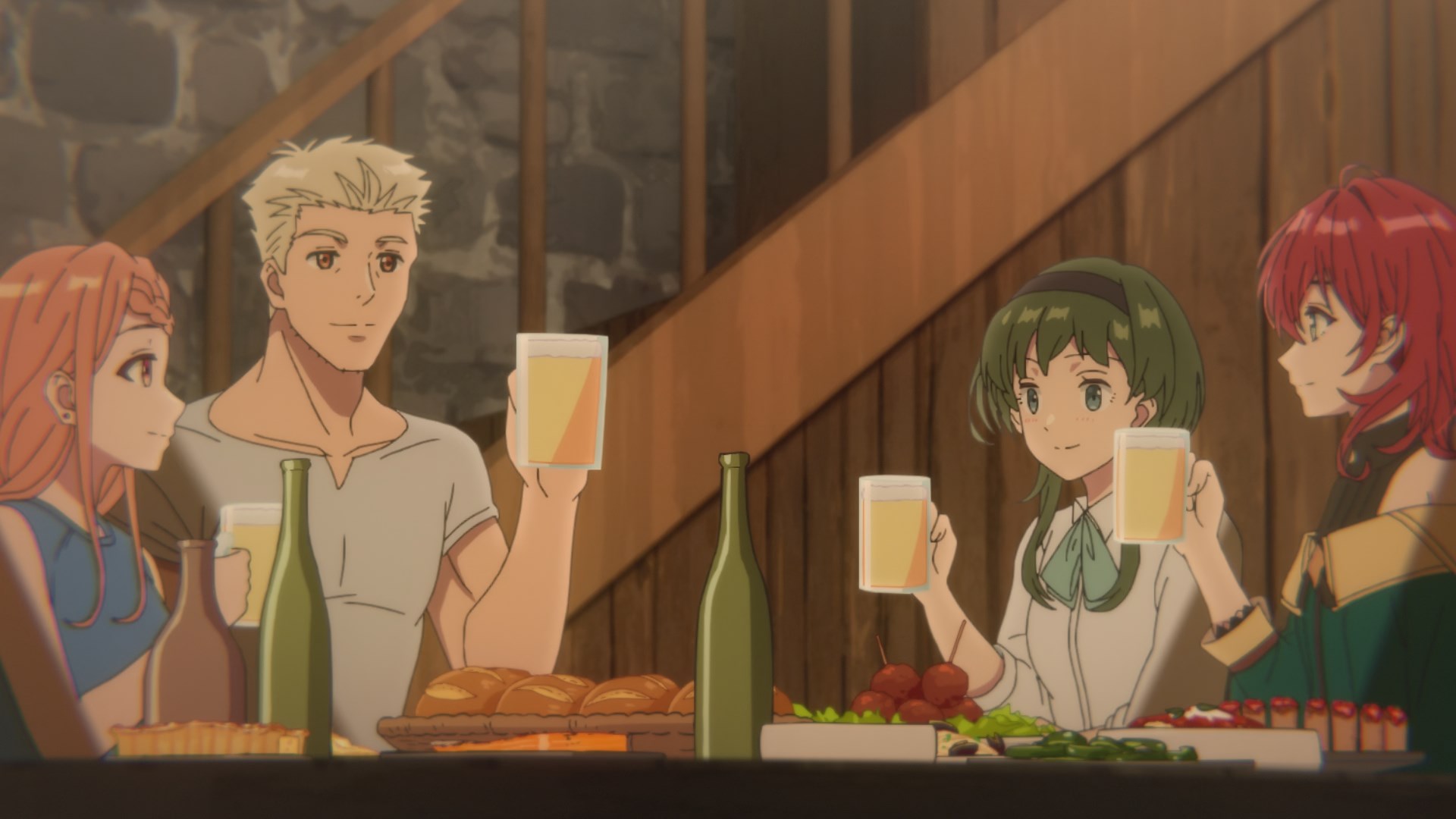
Madougushi Dahlia wa Utsumukanai. Like her father Dahlia is a magical engineer creating various magical tools, but she draws inspiration from memories of her past life living in Japan. This started out as being about how Dahlia was slowly ground down under the insecurities of her fiancee, losing her independence and self worth, but this was burned through and resolved in the first four episodes. The rest of the series was spent just hanging out with her as she went about her daily life with no real conflict left to drive the story. This is a failing you see a lot in these wishfulfilment fantasy series, that the actual conflict setting up the series is resolved quickly and then it has no idea what to do afterwards. 5/10
